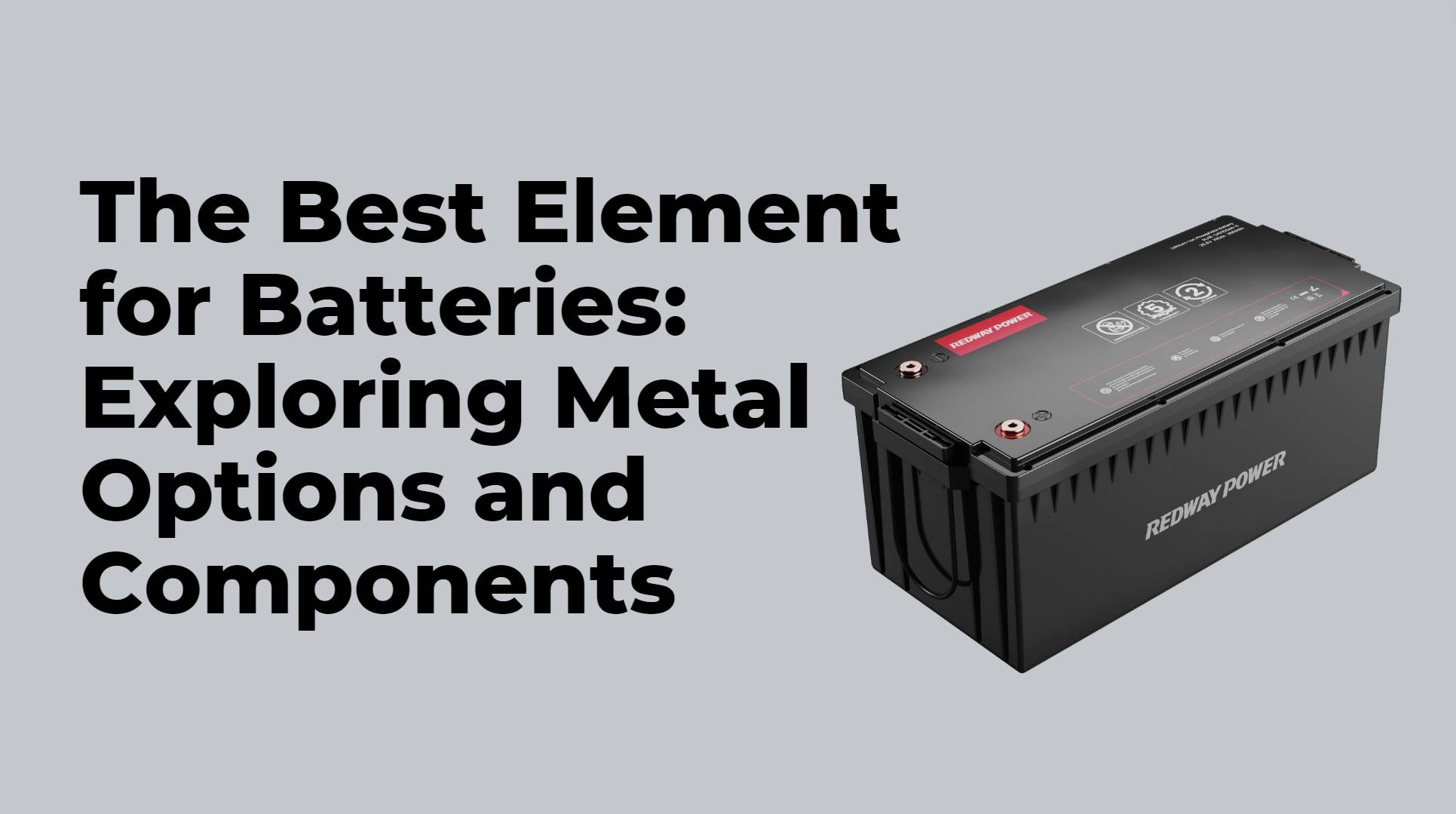Lithium-ion batteries rely on specific metals for their performance, safety, and efficiency. Understanding these materials, including lithium, nickel, and cobalt, is essential for evaluating current technologies and future innovations. This article explores the key metals used in lithium-ion batteries, their roles, and how they impact overall battery performance.
What are the primary metals used in lithium-ion batteries?
The primary metals utilized in lithium-ion batteries include:
- Lithium (Li): The essential component that enables high energy density.
- Nickel (Ni): Enhances energy capacity and stability.
- Cobalt (Co): Improves thermal stability and longevity.
- Manganese (Mn): Provides structural stability to the cathode.
| Metal | Role in Battery |
|---|---|
| Lithium | Key component for energy storage |
| Nickel | Increases energy capacity |
| Cobalt | Enhances thermal stability |
| Manganese | Stabilizes cathode structure |
How does lithium contribute to battery performance?
Lithium is critical for the electrochemical reactions that occur during charging and discharging. Its low atomic weight allows for high energy density, meaning that lithium-ion batteries can store more energy relative to their size. This characteristic makes them ideal for applications requiring lightweight and compact power sources, such as electric vehicles and portable electronics.
What are the advantages of using nickel and cobalt in batteries?
Nickel and cobalt offer several benefits:
- Nickel: Increases energy density and allows for faster charging times. It also contributes to longer cycle life.
- Cobalt: Provides stability at high temperatures, reducing risks of overheating and extending the lifespan of the battery.
| Metal | Advantages |
|---|---|
| Nickel | Higher energy density, faster charging |
| Cobalt | Thermal stability, longer lifespan |
What types of lithium-ion battery chemistries exist?
Lithium-ion batteries come in various chemistries, each with distinct properties:
- Lithium Cobalt Oxide (LiCoO2): Commonly used in smartphones; offers high energy density but lower thermal stability.
- Lithium Nickel Manganese Cobalt (NMC): Balances cost, energy density, and thermal stability; widely used in electric vehicles.
- Lithium Iron Phosphate (LFP): Known for safety and longevity; lower energy density but excellent thermal stability.
| Chemistry | Characteristics |
|---|---|
| LiCoO2 | High energy density; lower thermal stability |
| NMC | Balanced performance; versatile applications |
| LFP | Safe; long lifespan; lower energy density |
How do different metal combinations affect battery efficiency?
The combination of metals in a lithium-ion battery significantly impacts its efficiency:
- Higher Nickel Content: Increases capacity but may compromise thermal stability without sufficient cobalt.
- Cobalt-Free Options: Emerging technologies aim to reduce or eliminate cobalt usage while maintaining performance through alternative materials like manganese or iron.
What are the safety considerations for various battery metals?
Safety considerations include:
- Thermal Runaway: Batteries with high cobalt content can be prone to overheating if not managed properly.
- Toxicity: Metals like cadmium and lead pose environmental hazards; hence their use is limited or avoided.
- Recycling Challenges: Some metals require complex recycling processes to recover valuable materials safely.
What innovations are emerging in battery technology?
Recent innovations focus on improving efficiency and sustainability:
- Solid-State Batteries: Aim to replace liquid electrolytes with solid materials to enhance safety and increase energy density.
- Alternative Chemistries: Research into sodium-ion or magnesium-based batteries seeks to reduce reliance on scarce materials like cobalt.
How is Tesla influencing the development of battery materials?
Tesla plays a pivotal role by:
- Investing in Research: Funding research into new materials that reduce or eliminate cobalt while improving performance.
- Innovative Manufacturing Processes: Developing techniques that increase production efficiency and reduce costs.
- Vertical Integration: Establishing supply chains that ensure access to essential raw materials while minimizing environmental impact.
Buy Wholesale Battery Tips
For those considering wholesale purchases of batteries or related products, partnering with a reliable manufacturer like Redway Battery, known for its extensive experience in lithium battery production, is crucial. To make OEM orders effectively:
- Define your specifications clearly.
- Communicate regularly with the manufacturer throughout the process.
- Ensure compliance with safety standards.
Industrial News
Recent advancements highlight significant progress in developing sustainable battery technologies as manufacturers seek alternatives to traditional materials like cobalt and nickel due to supply chain concerns and environmental impacts.
Redway Expert Views
“Staying ahead in battery technology requires continuous innovation, especially regarding material sourcing and efficiency improvements,” states an expert from Redway Battery.
FAQ Section
- What metals are primarily used in lithium-ion batteries?
The main metals include lithium, nickel, cobalt, and manganese. - How does nickel improve battery performance?
Nickel increases energy density and allows for faster charging times. - What are solid-state batteries?
Solid-state batteries use solid electrolytes instead of liquid ones, enhancing safety and potentially increasing energy density.



